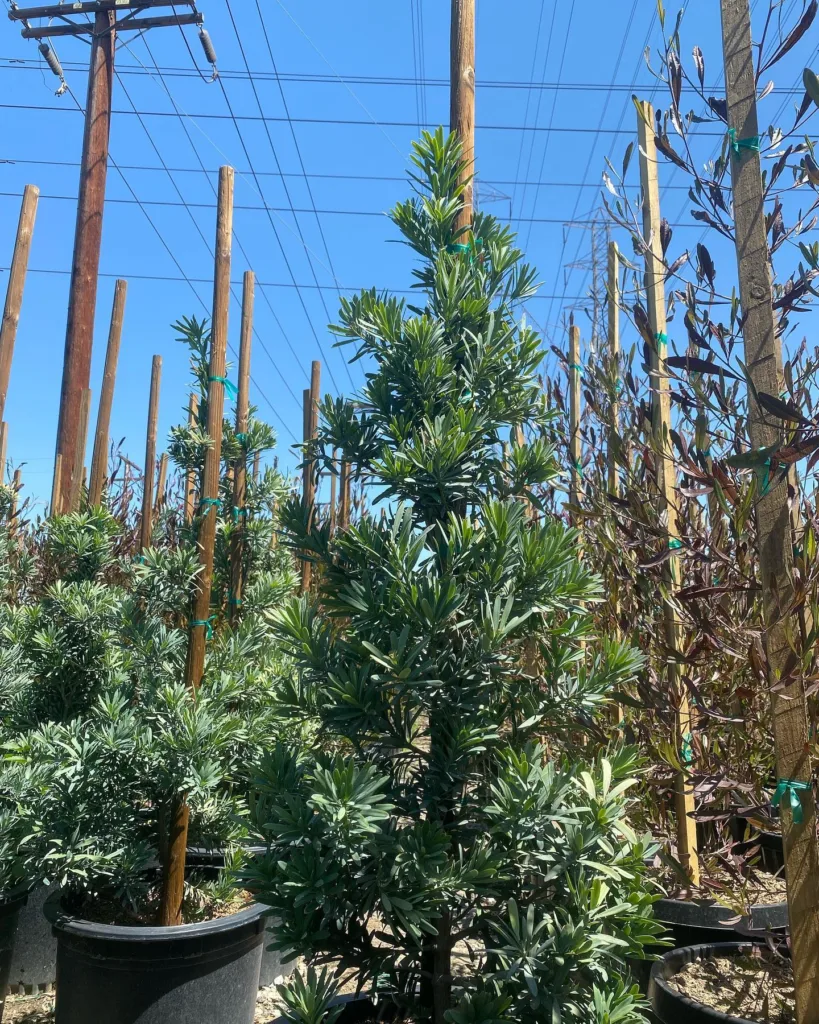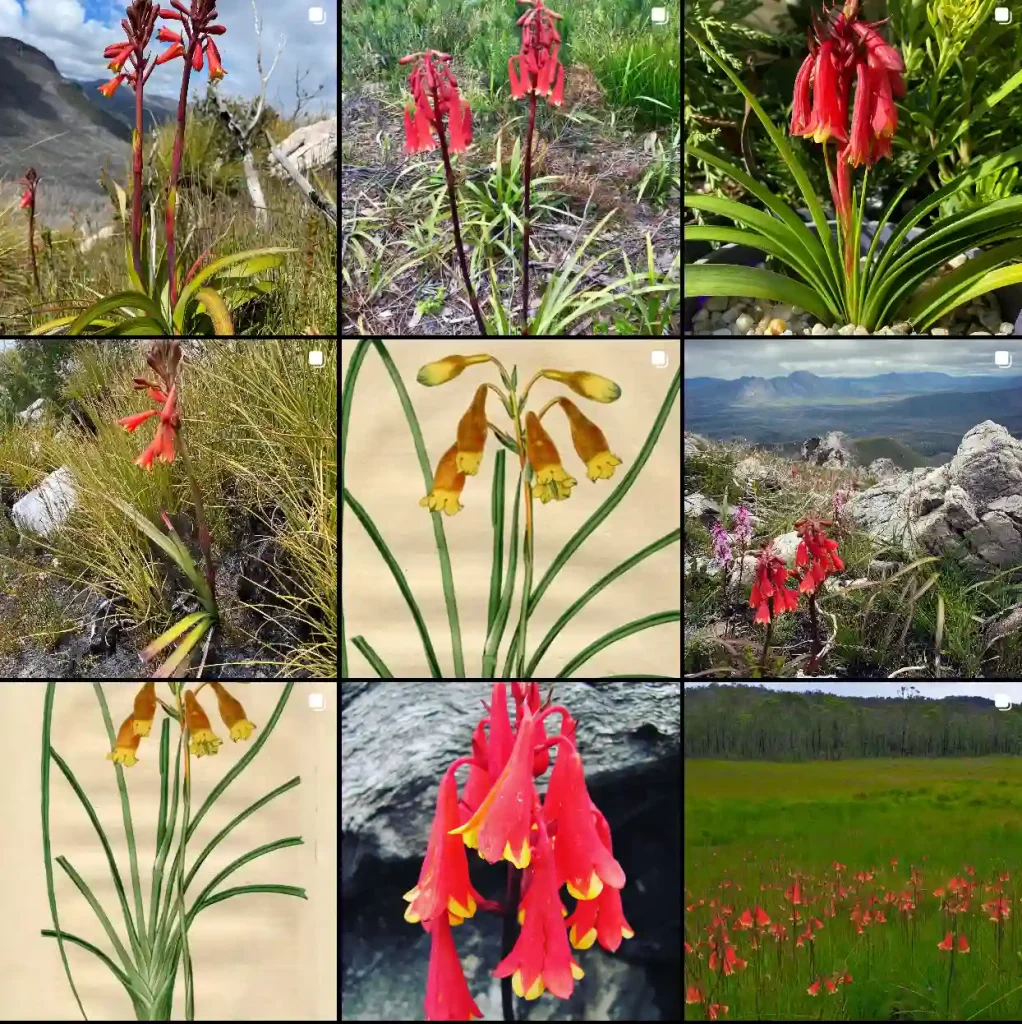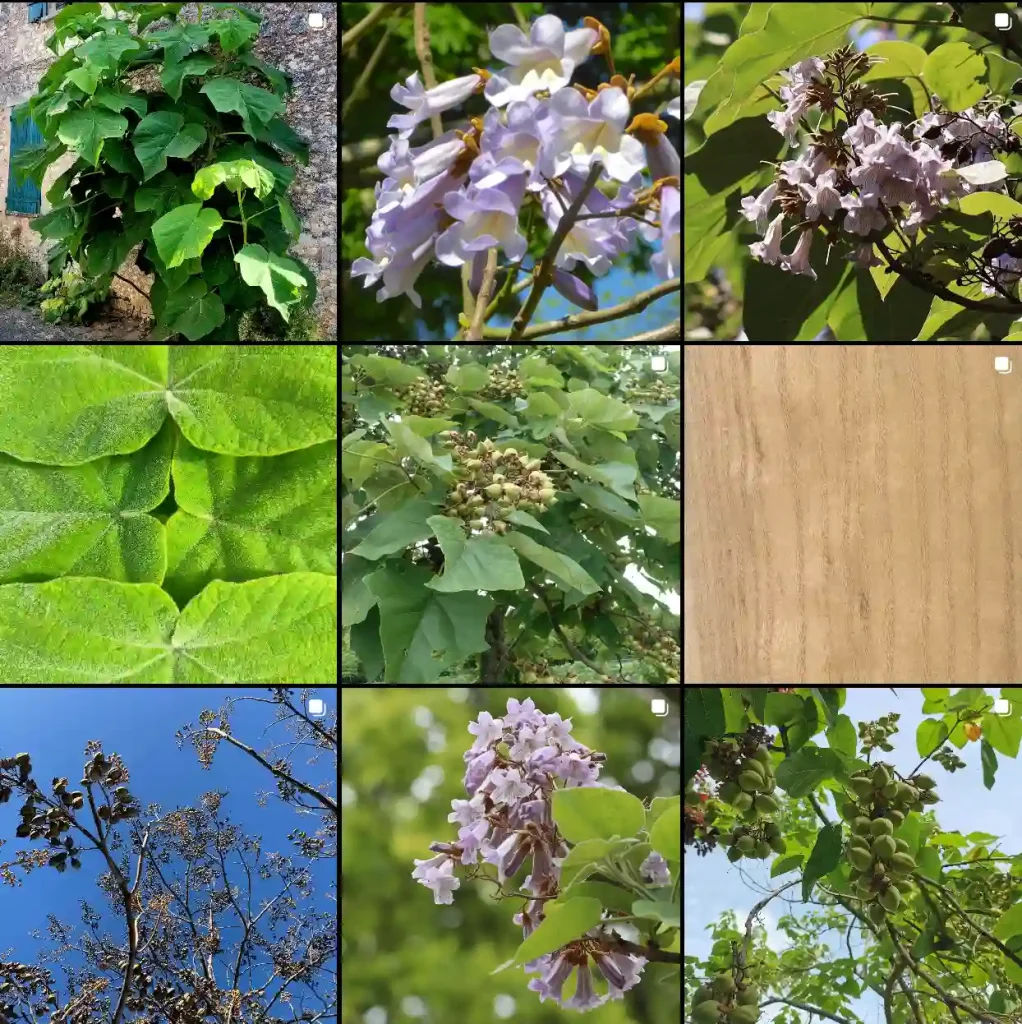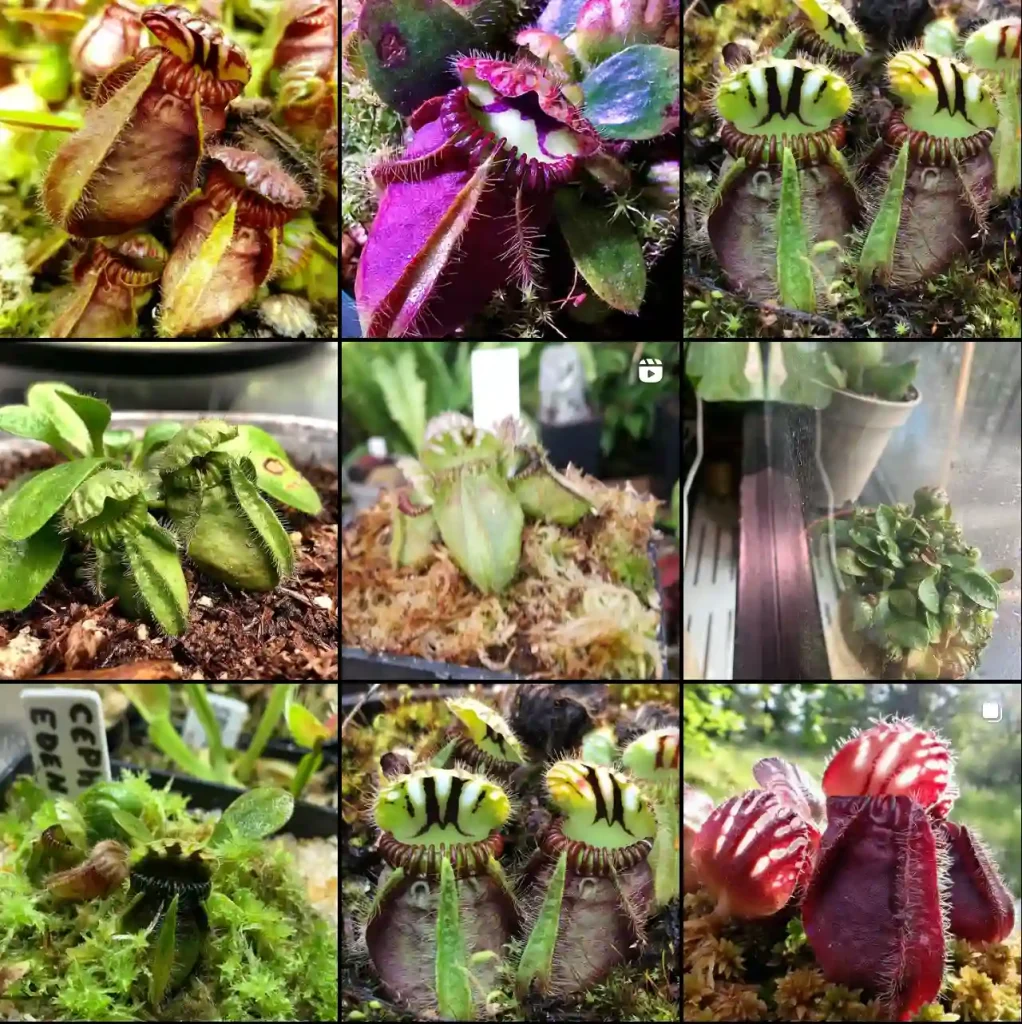October 16 – Chloris
"Chloris, the green goddess, represents October 16."
Chloris symbolizes renewal and vitality. You embody nature’s rejuvenating energy. Like lush greenery, your essence is life-giving.
Chloris: A Genus of Grasses Close to My Heart
Chloris, commonly known as windmill grass or finger grass, belongs to the Poaceae family. This widespread genus boasts a fascinating array of species, each with unique characteristics. They are predominantly found in tropical and subtropical regions, painting landscapes with their subtle beauty.
Diversity within Chloris
The genus Chloris showcases remarkable diversity. Here are:
- Chloris gayana (Rhodes grass): A valuable pasture grass cultivated for livestock.
- Chloris virgata (Feather fingergrass): Known for its feathery inflorescences.
- Chloris truncata (Windmill grass): Easily recognizable by its distinctive windmill-shaped seed heads.
- Chloris barbata (Swollen fingergrass): Characterized by its swollen spikelets.
- Chloris pycnothrix (Dense windmill grass): Distinguished by its dense flower clusters.
- Chloris affinis Caro & E.A.Sánchez
- Chloris amethystea Hochst.
- Chloris andropogonoides E.Fourn.
- Chloris arenaria Hitchc. & Ekman
- Chloris berazainiae Catasús
- Chloris boliviensis Renvoize
- Chloris bournei Rang. & Tadul.
- Chloris burmensis D.E.Anderson
- Chloris castilloniana Parodi
- Chloris circumfontinalis Fahey & Fensham
- Chloris clementis Merr.
- Chloris cruciata (L.) Sw.
- Chloris cubensis Hitchc. & Ekman
- Chloris cucullata Bisch.
- Chloris diluta Renvoize
- Chloris divaricata R.Br.
- Chloris ekmanii Hitchc.
- Chloris filiformis (Vahl) Poir.
- Chloris flabellata (Hack.) Launert
- Chloris flagellifera (Nees) P.M.Peterson
- Chloris formosana (Honda) Keng
- Chloris halophila Parodi
- Chloris humbertiana A.Camus
- Chloris jubaensis Cope
- Chloris lobata Lazarides
- Chloris mensensis (Schweinf.) Cufod.
- Chloris montana Roxb.
- Chloris mossambicensis K.Schum.
- Chloris nutans (Stapf) P.M.Peterson
- Chloris orthonoton Döll
- Chloris paniculata Scribn.
- Chloris pectinata Benth.
- Chloris pilosa Schumach.
- Chloris pumilio R.Br.
- Chloris quinquesetica Bhide
- Chloris radiata (L.) Sw.
- Chloris robusta Stapf
- Chloris ruahensis Renvoize
- Chloris rufescens Lag.
- Chloris sagrana A.Rich.
- Chloris sesquiflora Burkart
- Chloris × subdolichostachya Müll.Hal.
- Chloris submutica Kunth
- Chloris suringarii Hitchc.
- Chloris texensis Nash
- Chloris ventricosa R.Br.
- Chloris verticillata Nutt.
- Chloris wightiana Nees ex Steud.
- Chloris woodii Renvoize
Why Chloris Matters
While Chloris might not be as flamboyant as roses or as majestic as oak trees, their ecological importance is undeniable. These grasses contribute significantly to:
- Soil stabilization: Their extensive root systems help prevent soil erosion.
- Forage: Many Chloris species serve as nutritious fodder for grazing animals.
- Biodiversity: They provide habitat and food sources for insects and small animals.
- Ornamental value: Some species are cultivated for their aesthetic appeal in gardens and landscapes.
Furthermore, researchers are exploring the potential of Chloris in phytoremediation – the use of plants to clean up environmental pollutants. Their ability to tolerate and accumulate heavy metals makes them promising candidates for this purpose.
Looking Ahead
As the world faces increasing environmental challenges, understanding and appreciating the role of plants like Chloris becomes crucial. Their resilience, adaptability, and ecological contributions make them valuable assets in our efforts towards a sustainable future.
I am eager to learn more about this fascinating genus and witness the ongoing research that unveils its hidden potential. Perhaps one day, we’ll discover even more remarkable uses for these unassuming grasses, further solidifying their importance in our world.
If i die, water my plants!



